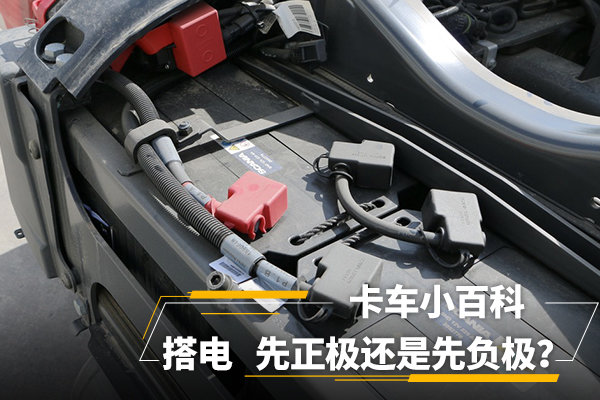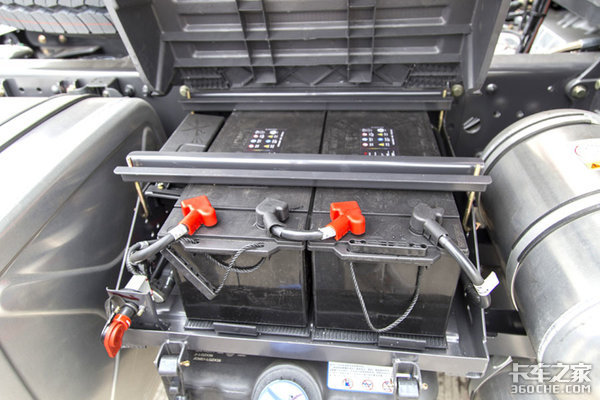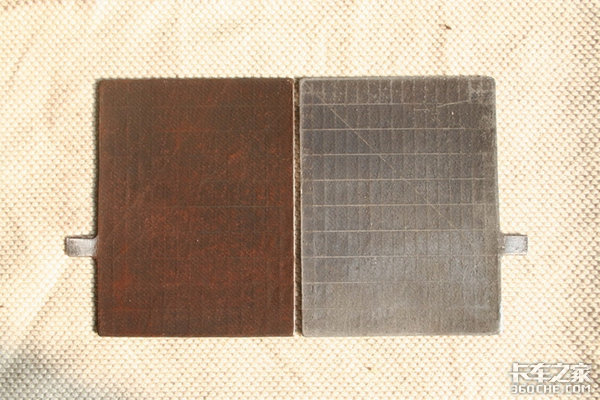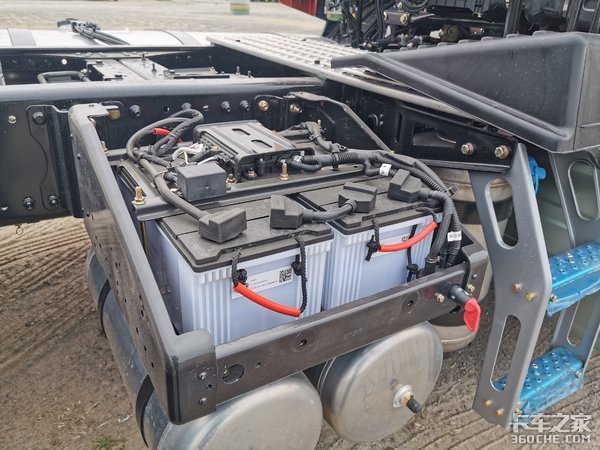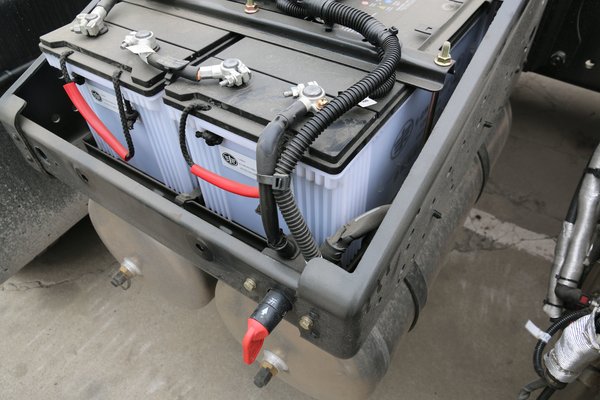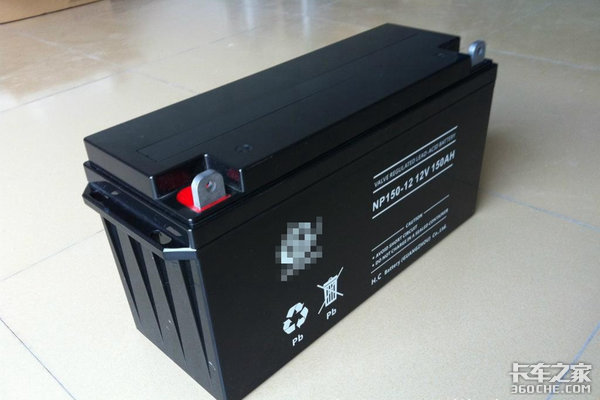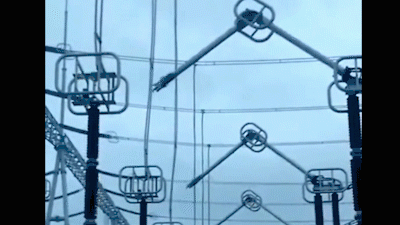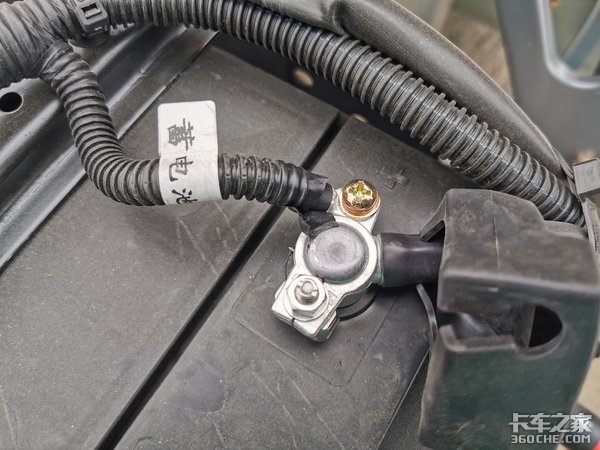08
2025
-
08
Truck Encyclopedia (29): Connect the positive stage or the negative electrode first?
Although it has entered August, the temperature in the morning and evening is still large. Early this morning, Lao Wang was about to go out to deliver, but the starter turned weakly twice and stopped cooking, which made Lao Wang depressed enough to choke. No way, ask Lao Li to help with the call.
I believe all card friends have encountered the above scene. Most of the problems that the vehicle cannot start are caused by battery failure, generally speaking, we only need to "power" the power loss vehicle to start the vehicle.
But how to use electricity correctly, it is still quite particular, today's truck encyclopedia will tell you how to power correctly.
▎Why does the battery lose power?
A storage battery is a rechargeable battery that converts internal chemical energy into electrical energy when it needs to be discharged and into chemical energy when charging. Generally, the batteries used in trucks are mostly lead-acid batteries, which are mainly composed of electrolyte and grids.
Grids, also known as plates, are the "highways" of electric current. The active substance of lead paste is attached to the surface of the grid. When it needs to be discharged, it is discharged after reacting with the lead paste on the grid through the sulfuric acid electrolyte inside the battery.
However, even if the lead-acid battery is not connected to the power supply, there will be a certain natural discharge characteristic, coupled with the vehicle's various anti-theft systems, the power consumed by the standby of electrical appliances. Therefore, if the vehicle is not started for charging for a long time, the battery will lose power.
In addition, the battery is discharged by chemical reaction, and when it is used for a certain period of time, the internal chemicals are consumed to a certain extent, and the battery cannot meet the discharge needs of the vehicle, so it will be scrapped naturally.
▎Why is it easier to "hang up" in winter?
Like lithium batteries in electric vehicles, lead-acid batteries are also afraid of low temperatures. In a low temperature environment, the discharge capacity of the battery will also decrease, and due to the increase in oil viscosity in a low temperature environment, the resistance of the crankshaft rotation is also greater, and the starter needs to consume more electrical energy to start the engine.
Under the combined action of the two, it is easier to hang up the battery in winter, which makes sense.
● There is an order of power-up
After reading the above introduction, at this time, Lao Li also arrived in a rescue vehicle. Lao Wang took Lao Li's wire and was about to hit his battery, no, Lao Li hurriedly stopped it. What's wrong, do you still need to teach me to make a call?" Isn't it just positive electrode to positive electrode and negative electrode to negative electrode?
It is indeed true, but the connection is not as simple as connecting two wires, and the correct connection is a method and skill.
Highlighted:
Truck Encyclopedia (29): Connect the positive stage or the negative electrode first?
1. Make sure that the two vehicles are connected to the wires when the engine is off (power off).
2. First connect the positive electrode of the two car batteries.
3. Connect the negative electrode of the battery of the power supply vehicle.
4. Connect the iron part of the tram.
5. Start the engine of the power supply vehicle and run at idle.
6. Start the tram engine and run at idle.
7. After the power is completed, first disconnect the negative electrode cable of the tram, and then disconnect the positive cable.
The red joint on the left is the positive electrode, and the symbol " "
The black connector on the right is negative, with the symbol "-"
The iron position of the body is mainly the body frame, engine and other parts
Question 1: Why should the positive electrode be used first and then the negative electrode when charging on?
Because whether it is a truck or other vehicles, their circuit design is negative electrode, that is, the entire body frame is equivalent to the negative electrode.
If the negative electrode is connected first, it is equivalent to two trucks being ironed together, and you need to be extremely careful when connecting the positive electrode to avoid the positive electrode cable from touching any metal part of the body, otherwise it will ignite lightly, and short circuit burning at heavy.
Moreover, according to the principle of physics, the potential of the positive electrode is high, and the potential of the negative electrode is low, and the electric spark generated by the negative electrode is also smaller and safer at the moment of power.
Therefore, connect the positive electrode circuit first (at this time, the negative electrode is not connected, there is no current circuit), and then connect the negative electrode circuit, so that the whole power is much safer.
In the same way, if you need to stop for a long time, and your vehicle has an independent power main switch, we also recommend that you try to disconnect the negative electrode of the battery.
Question 2: Why do you need to connect the iron part of the tram instead of the negative electrode of the battery?
Although the potential of the negative electrode is low, sparks will still burst out when connected, and if hydrogen is released from the battery at this time, it may cause an explosion.
Therefore, when connecting the tram, we choose the iron part far away from the battery position to connect the negative electrode, which will be safer.
Therefore, if you don't connect in this order, you may encounter:
1. A large number of sparks burst out when the power is plugged in.
2. You need to be extremely careful, because the whole body is connected to the iron.
●Edited afterword
Vehicle electrification, seemingly simple and brainless operation, is actually very scientific behind it. Although the vehicle can be started smoothly without powering up according to the above method, the risks are also much greater.
Previous Page
Previous Page



